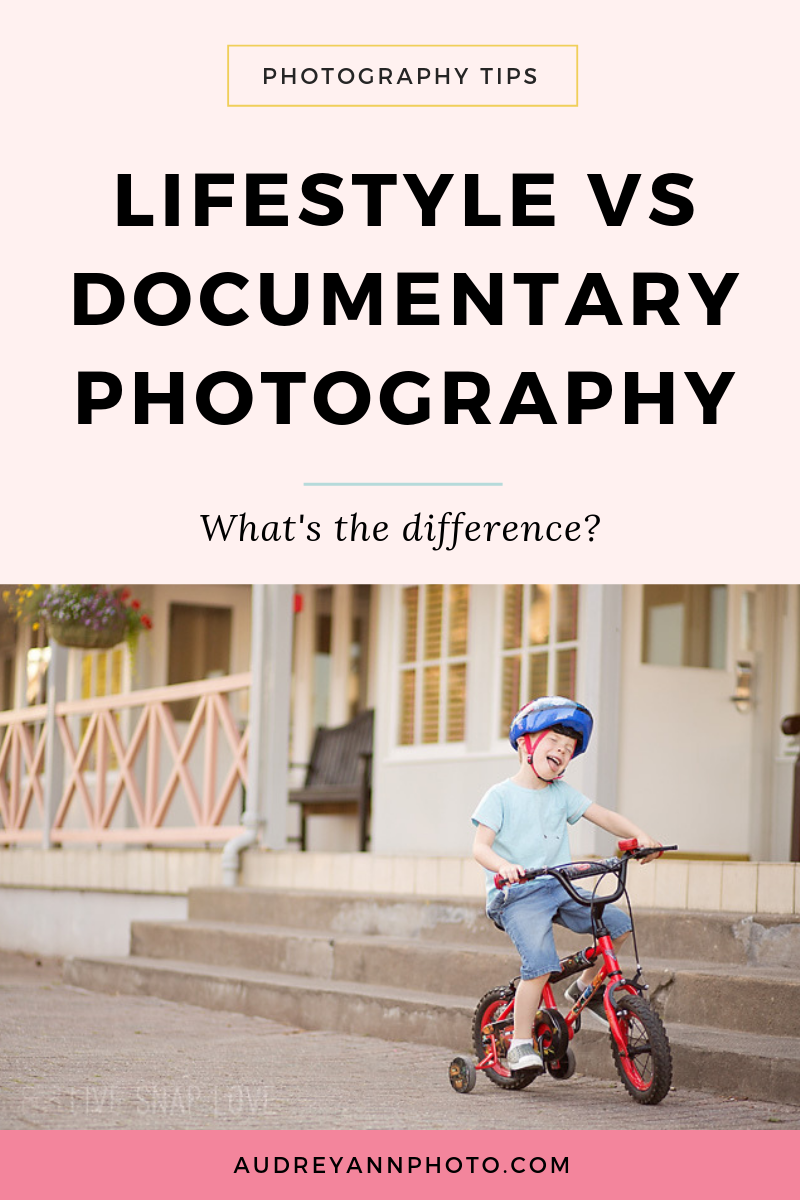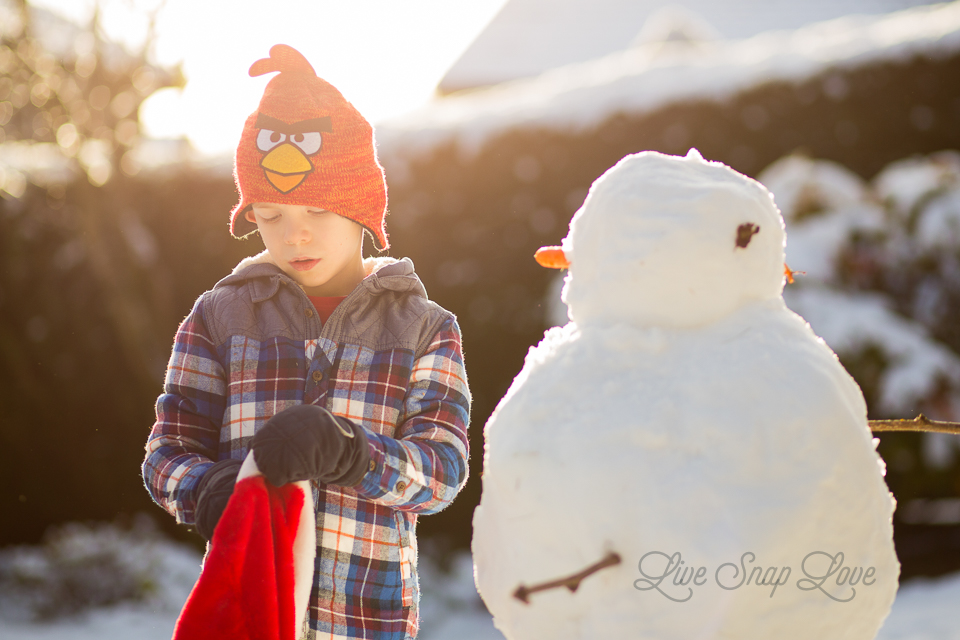Lifestyle vs Documentary Photography: What’s the difference?
Have you ever found yourself wondering about the difference between lifestyle and documentary photography, and which one suits your style and way of photographing best?
The truth is, the line between the two can be a little bit blurred and fuzzy, as there is just a few subtle distinctions that separate them. It's pretty darn easy to confuse them with one another, or even find yourself doing both from time to time!
So this blog post, I'm going to give you an overview of both lifestyle and documentary photography, so you can see what those differences are, and you can see whether it should matter to you....
What is documentary photography?
Let's kick this off with what documentary photography is.
Documentary photographs are ones that taken without ANY input or direction from the photographer. You are simply like a fly on the wall, observing the scene and photographing the activity as it unfolds.
Although you will still use your knowledge of light, composition and camera settings to get the best image you can, you are not directing the events in any way, shape or form. (Yep, that’s right, not even subtle “suggestions”😁)
That means you are not setting up activities in a certain room just because the light looks good there, or choosing clothing based on where you are going to photographing to make sure your subject doesn't blend into the background (or to make sure he coordinates with his little sister), nor suggesting to people that they tickle their daughter or throw her up in the air, or go stand in a particular position.
Also, any post production editing is kept to a minimum, and nothing really is altered in any way - you are capturing the scene as close to real life as you can - simply using editing as a way of perhaps guiding the eye, rather than changing events or making it look “prettier”.
Although you are capturing things that happen naturally, with no input from you, this does NOT mean that documentary photography is simply snapshots.
You’ll still want to understand how to expose correctly, where to place yourself for the best light (since you can’t move your subjects) composition and of course get the best in camera settings, so there is a high degree of skill involved.
What is Lifestyle photography?
Lifestyle photography on other hand, is a style of photography when the photographer captures an everyday scene but does guide or direct it SOMEWHAT, perhaps by purposefully setting up the activity or guiding the action to a place where the light suits their vision, or where the composition is improved.
For example, you might set up an activity in a certain room, and purposefully do it in the afternoon because that is when the room is bathed in soft light, or simply move the playmat your baby is playing on closer to the window. It’s still normal, everyday moments, but you are moving things around to make sure that you get the best images.
Other ways you may take some control over the scene is if you pick up things from around the scene to tidy it up, or move things around a little (for example, taking pictures off a wall, or moving a plant out of the way) or simply ensuring that your subject is wearing something that coordinates with the surroundings.
In other words, you are still capturing and documenting real life or real emotions, but you are controlling the events somewhat in order to make them more artistic or engaging, or just have them suit YOUR vision.
As for editing, you can afford to be a little less strict with yourself, and remove elements from the scene that are hampering your vision, or get a little bit more artistic with the editing in order to enhance the mood or feeling.
I do want to point out here that lifestyle is still far removed from portrait photography, where everything in the scene is staged and posed.
Quite often in portrait photography you will tell people exactly where to sit, where to place their hands, or to bend their knees, or whether to smile or look at one another - you are definitely not doing that with lifestyle photography.
It’s also not having your child sit and do something that they wouldn’t normally do, or wear something they wouldn’t normally wear, just because it “makes a good photo” - it is real life being documented for sure, just not a “strict” as pure documentary.
So, does it really matter whether an image is lifestyle or documentary if they are so close?
For me, the answer is no, but bear in mind that is just MY opinion. (I come from the school of thought that you should do whatever the heck you want, so do keep that in mind 😁 )
I would say that many times as you photograph your own life, you will find yourself using both lifestyle and documentary. In fact, I would say that most hobbyists are a mix of the two.
(and quite frankly, any tidying up of the scene, or making your son change his t-shirt from a snot-ridden, ketchup-stained mess that they usually wear is not going to worry anyone - it will just make you feel like a better parent in 20 years time)
That said, thinking consciously about which genre suits you better is worth doing, because it helps shape the way in which you photograph.
However, if you are in business, perhaps the distinction becomes a little more relevant, purely so that people know what to expect.
Are they going to stand there looking for direction and get a surprise when you just start watching them, saying nothing?
Is someone going to want their double chin reduced in a image, or that ketchup stain from their son’s t-shirt removed?(My double chin is going, documentary or no documentary. Just sayin’)
Are the images on your website a true reflection of the type of images they can expect?
Again, it’s not the LABEL you apply that is most important, rather that you are communicating with your prospective client just how much “interference” you are going to run on their images, both during the shoot and after, so that your client knows exactly what to expect.
Which is better - lifestyle or documentary photography?
Neither! They are both beautiful and capture “real” life and real moments, they are just done in a slightly different way.
I would say that true documentary photography can be a little more challenging, because you have no control over your subjects, or the environment.
However, on the other hand, because you don’t need to direct in any way, it leaves you free just to think about the moment, the light and the composition, and how best to capture it with what you have, so in some ways, in can be very freeing.
Lifestyle photography is generally slightly easier to get the images you want, because you can control different elements to bring your particular style or vision to life - but on the downside, there are more elements to consider and think about, which might not be what you want to do!














